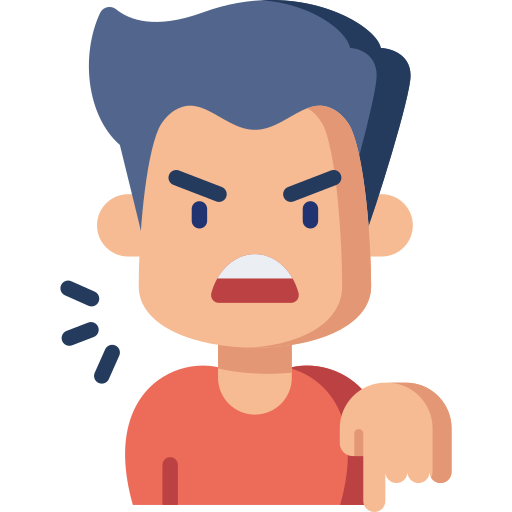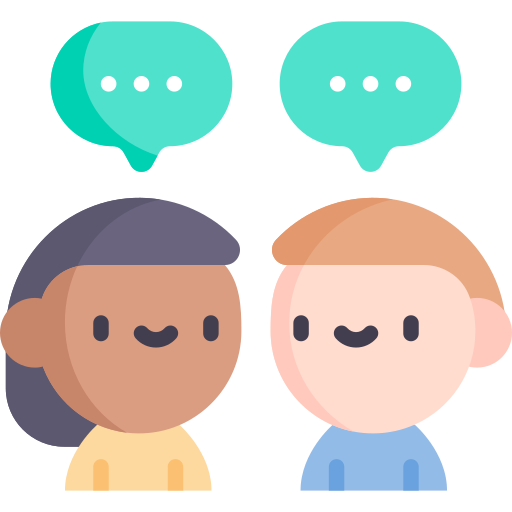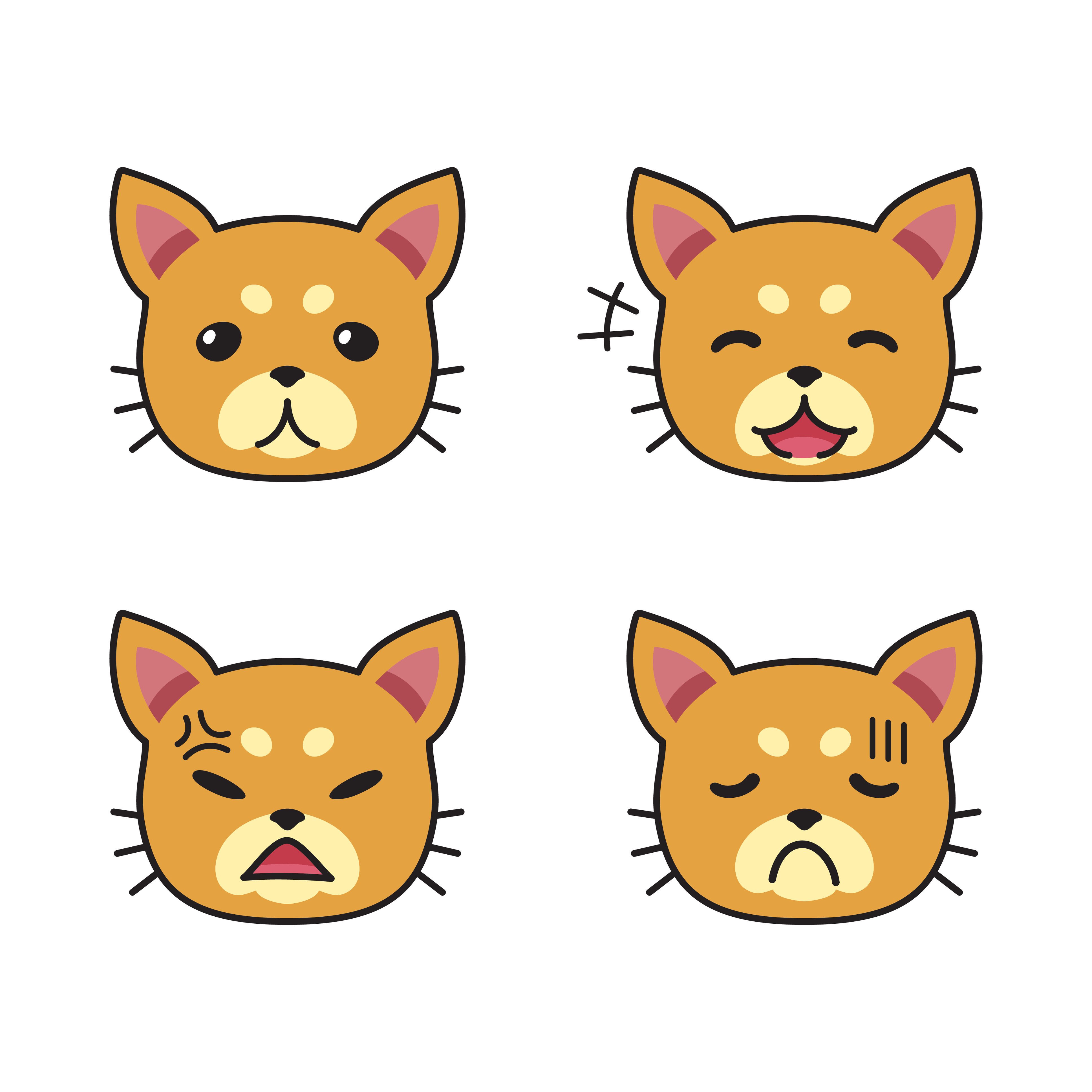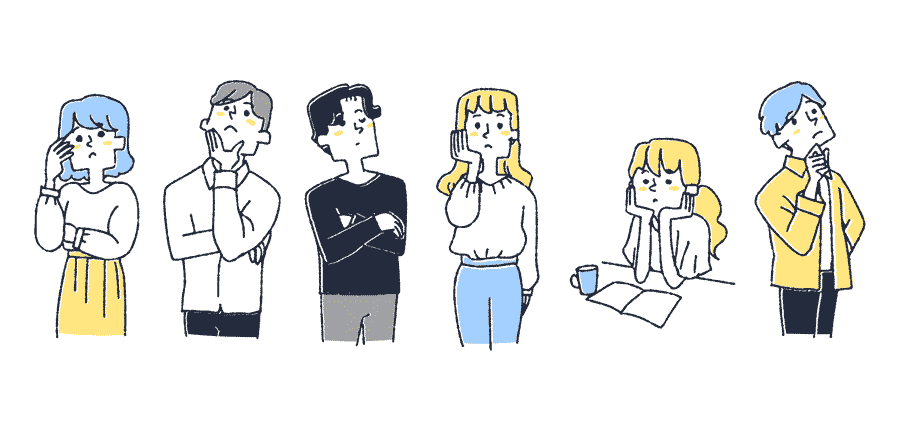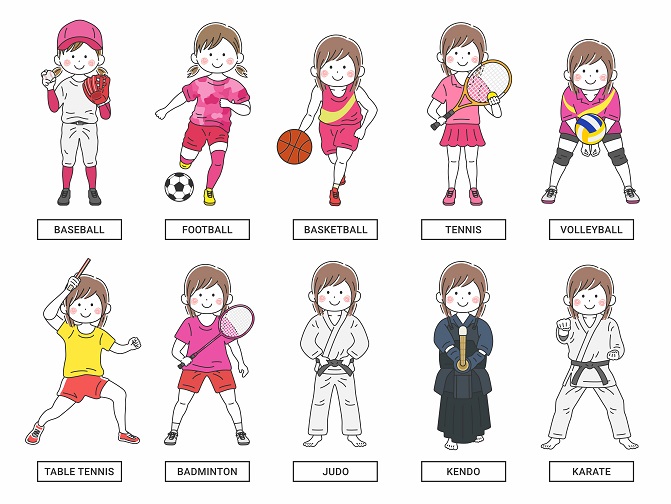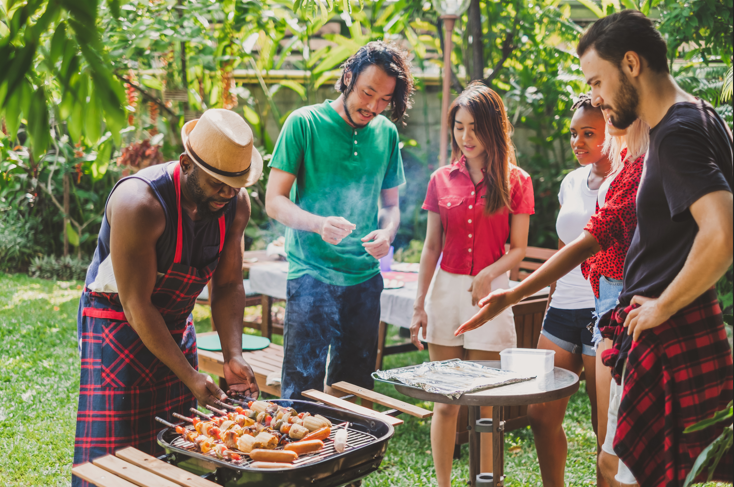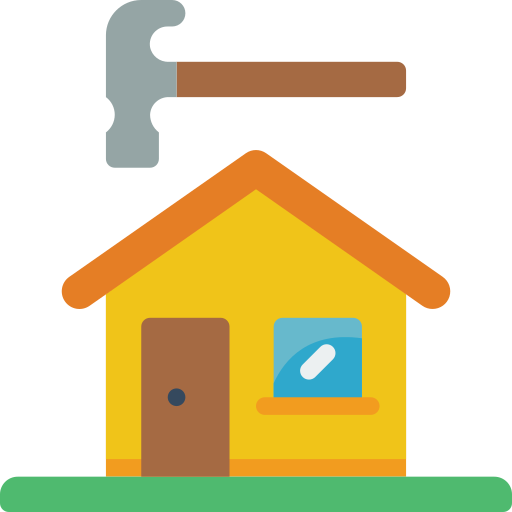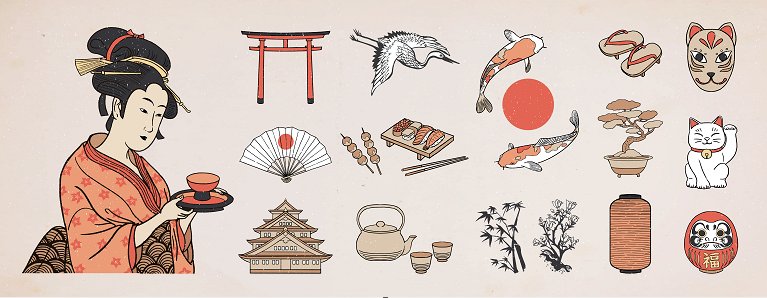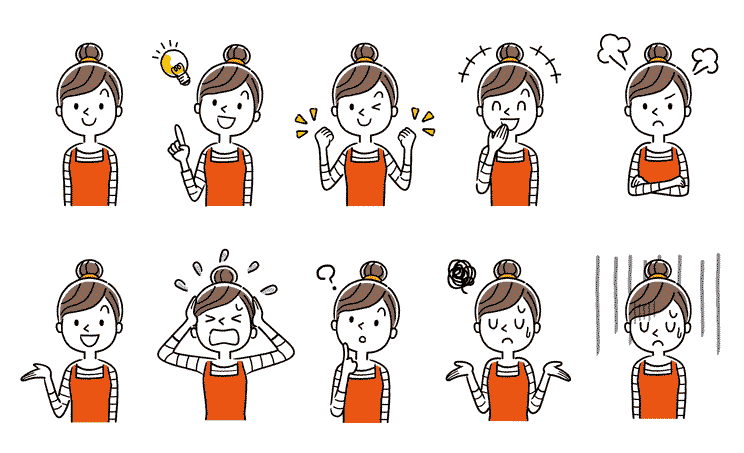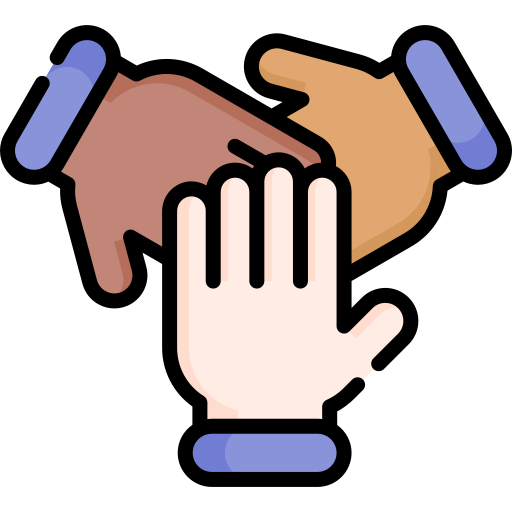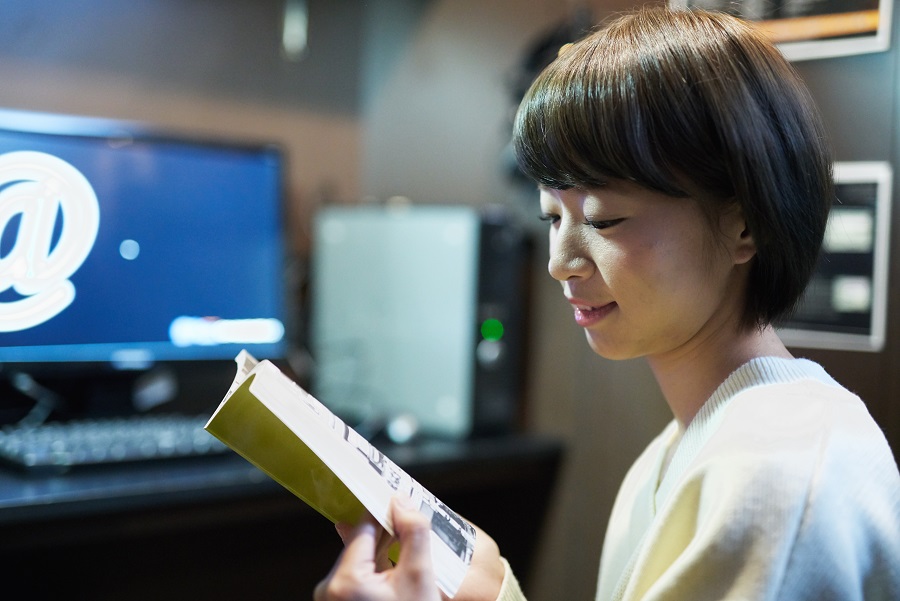Part A Self Introduction
自己紹介をする

Part A_1 Self Introduction
Let’s introduce ourselves to each other.
My name is ________. What is your name?
Part A_2 Self Introduction
I am ________. Nice to meet you.


Part A_3 Self Introduction
Nice to meet you too, ________. Let’s begin our lesson!
Part B Vocabulary
Let’s check the meaning and pronunciation of English words.

Part B_1 Vocabulary
We’ll read aloud the words below. Please repeat after me. I will check your pronunciation.
(Please send the mispronounced words and expressions to your student.)
講師の真似をして単語を発音しましょう。
Part B_2 Vocabulary
 |
join
加わる
|
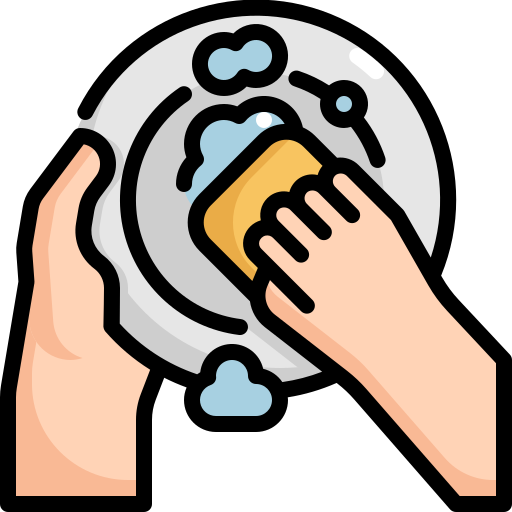 |
wash the dishes
皿洗いをする
|
 |
court
コート
|
|
soon
すぐに
|
|
 |
See you later
またね
|


Part B_3 Vocabulary
Now, let’s review some words from part B_2.
(Please review the mispronounced words and expressions from part B_2.)
復習しましょう。
Part B_4 Vocabulary

Part C Learn Key Phrases
Let’s practice reading the sentences.

Part C_1 Learn Key Phrases
We will read aloud the sentences below. I will check your pronunciation and intonation.
(Please send the mispronounced words and expressions to your student.)
講師の真似をして単語を発音しましょう。
PART C_2 Learn Key Phrases
| 1. | I am reading a book right now. |
| 2. | My sister is watching TV in her room. |
| 3. | The teacher is standing in front of the students. |
| 4. | My father is cooking dinner for us. |


Part C_3 Learn Key Phrases
Now, let’s review some words and expressions from part C_2.
(Please review the mispronounced words and expressions from part C_2.)
復習しましょう。
Part C_4 Learn Key Phrases

Part D Dialogue practice
Read sentences and check your pronunciation. Make sure you understand the content.

Part D_1 Dialogue practice
We’ll read aloud the dialogue below. I will check your pronunciation and intonation.
(Please send the mispronounced words and expressions that need improvements to your student.)
会話文を読みましょう。講師がチェックします。
Part D_2 Dialogue practice
|
TUTOR:
|
Hello. Can I speak to Aki, please? |
|
STUDENT:
|
Speaking. |
|
TUTOR:
|
Hi, Aki! This is James. I’m playing basketball with Lucas and Emma. Can you come? Join us! |
|
STUDENT:
|
I’m washing the dishes right now, but… sure! I’d love to! Where are you? |
|
TUTOR:
|
We’re playing at the court near our school. |
|
STUDENT:
|
Okay! I’ll be there soon. See you later! |


Part D_3 Dialogue practice
Now, let’s review some words and expressions from part D_2.
(Please review the mispronounced words and expressions from part D_2.)
復習しましょう。
Part D_4 Dialogue practice

Part E Answer Questions
Answer the questions and check your grammar. Make sure you understand the content.

Part E_1 Answer Questions
Now, you will answer the questions below using the grammar topics you learned. I will check if your sentences are complete and if the grammar is correct.
(Please send the sentences that need grammar corrections to your student.)
習った文法を使って、質問に答えてみましょう。
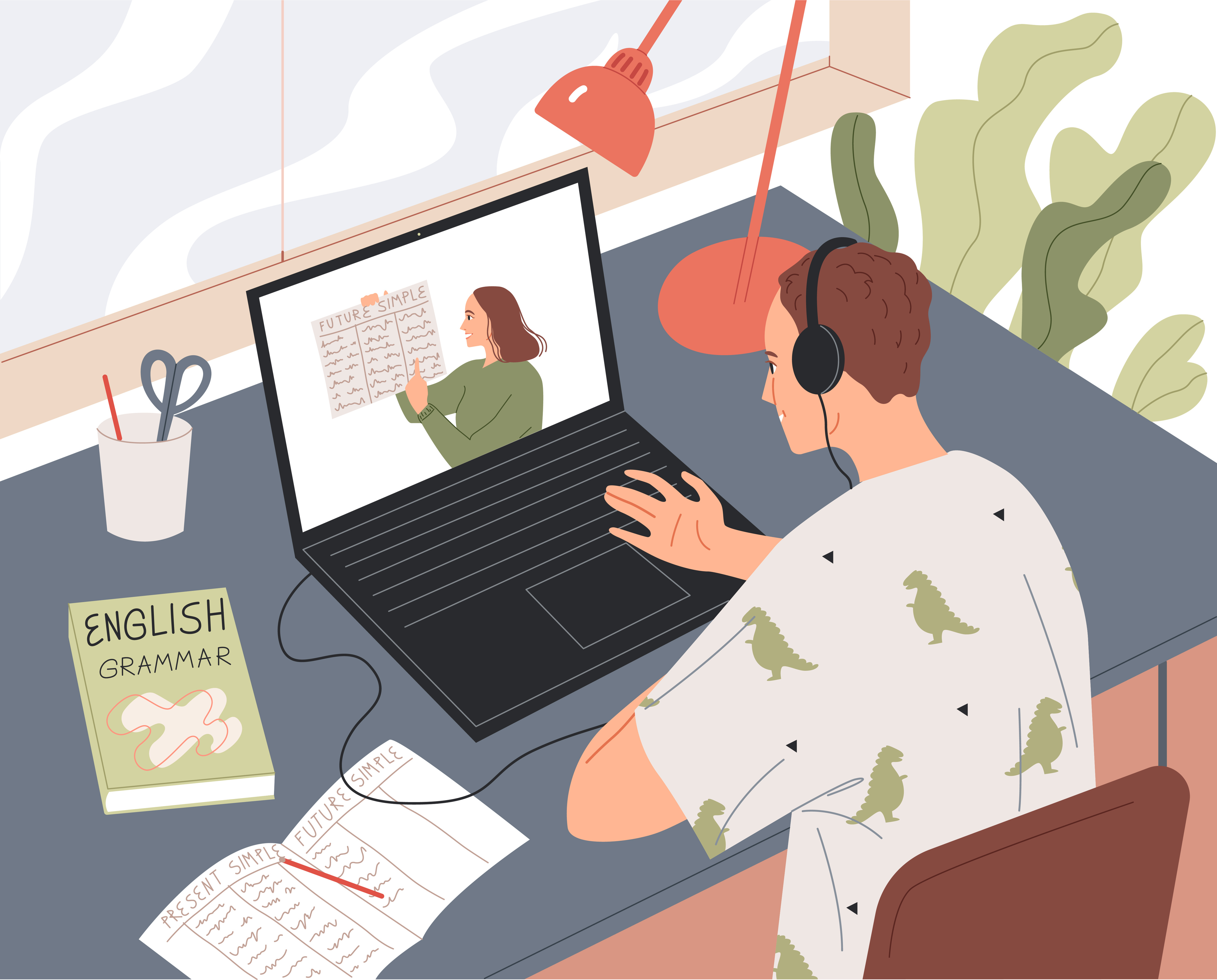

Part E_2 Answer Questions
| 1. | What are you doing now? |
Part E_3 Answer Questions
| I’m _______ English now. |


Part E_4 Answer Questions
| 2. | What is the girl doing? |
Part E_5 Answer Questions
| The girl ___ drawing a picture. |


Part E_6 Answer Questions
| 3. | What is the boy playing? |
Part E_7 Answer Questions
| The boy is ________ baseball. |


Part E_8 Answer Questions
| 4. | What are they doing? |
Part E_9 Answer Questions
| They ____ having dinner. |


Part E_10 Answer Questions
| 5. | What is your English teacher doing now? |
Part E_11 Answer Questions
| She/He is _____________ now. |


Part E_12 Answer Questions
| 6. | Do you clean your room yourself? |
Part E_13 Answer Questions
| (Yes/No), I (clean/don’t clean) my room myself. |


Part E_14 Answer Questions
Now, let’s review your answers.
(Please review your student’s answers by sending the correct answers in complete sentences. After that, ask your student to read aloud his or her corrected answers.)
復習しましょう。
Part E_15 Answer Questions

Part F Ask Questions
Ask me questions and check your grammar. Make sure you understand the content.

Part F_1 Ask Questions
Now, you will ask me questions. I will check if your sentences are complete and if the grammar is correct.
(Please send the sentences that need grammar corrections to your student.)
今度は、あなたが講師に質問してみましょう。

Part F_2 Ask Questions
| 1. | What are you ______ now? |


Part F_3 Ask Questions
| I’m teaching English now. |
Part F_4 Ask Questions
| 2. | What is the boy ______? |


Part F_5 Ask Questions
| The boy is playing a video game. |
Part F_6 Ask Questions
| 3. | What are the children ______? |


Part F_7 Ask Questions
| They are watching TV in the living room. |
Part F_8 Ask Questions
| 4. | What is the woman ______? |


Part F_9 Ask Questions
| The woman is talking to her friend online. |
Part F_10 Ask Questions
| 5. | What is your mother/father ______ now? |


Part F_11 Ask Questions
| She/He is ___________ now. |
Part F_12 Ask Questions
| 6. | What are you ______ now? |


Part F_13 Ask Questions
| I’m using a computer now. |

Part F_14 Ask Questions
Now, let’s review your answers.
(Please review your student’s answers by sending the correct answers in complete sentences. After that, ask your student to read aloud his or her corrected answers.)
復習しましょう。
Part F_15 Ask Questions

Part G Free talk
Talk about the following topics.

Part G_1 Free talk
Let’s do a free talk about the following topics.
(Please do a free talk if you have time left.)
フリートークをしましょう。

Part G_2 Free talk
What are your parents doing now?
Are they working now? What do they do?
Are they working now? What do they do?
Part G_3 Free talk
| Answer: |


Part G_4 Free talk
Do you help with housework?
What housework do you do?
What housework do you do?
housework 家事
Part G_5 Free talk
| Answer: |




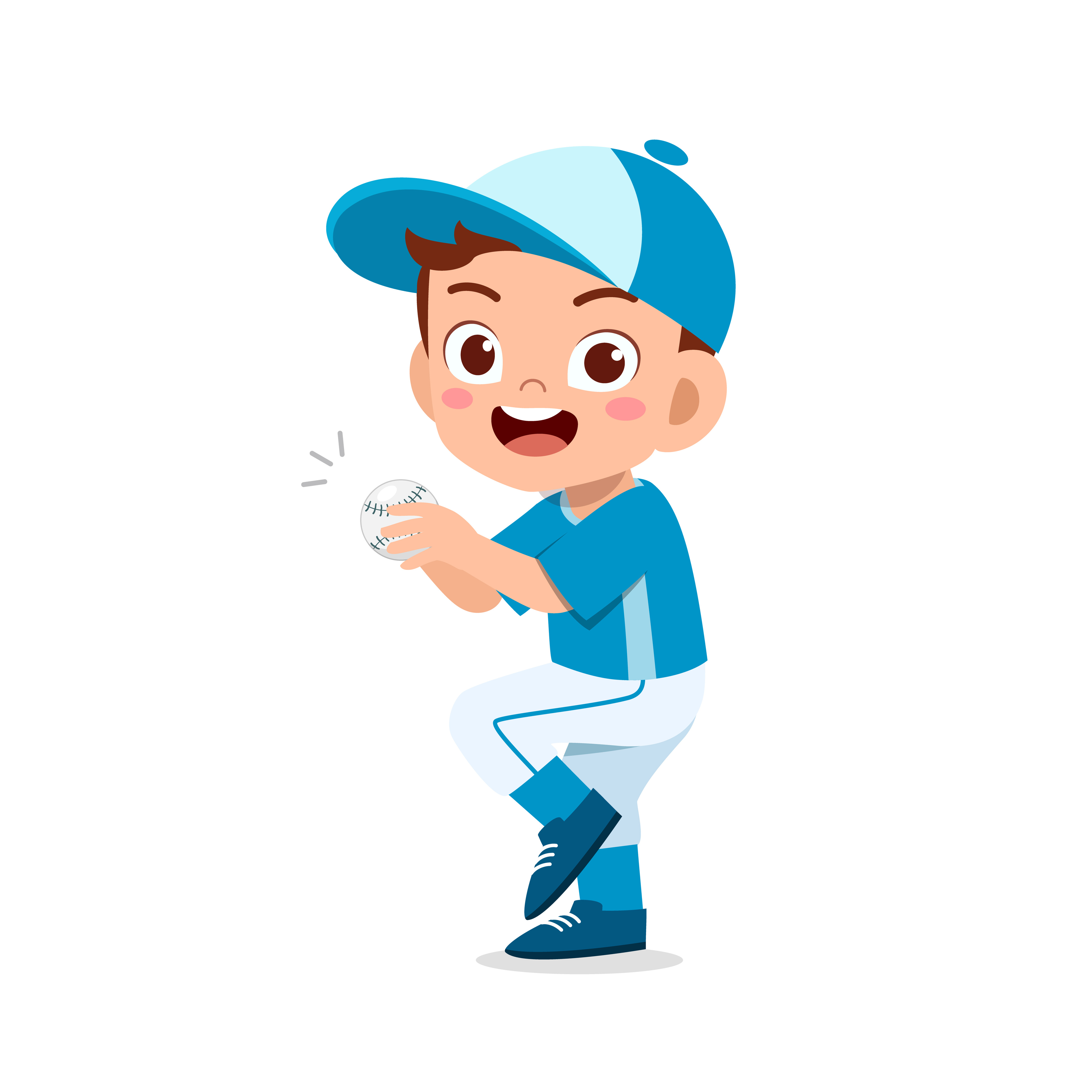
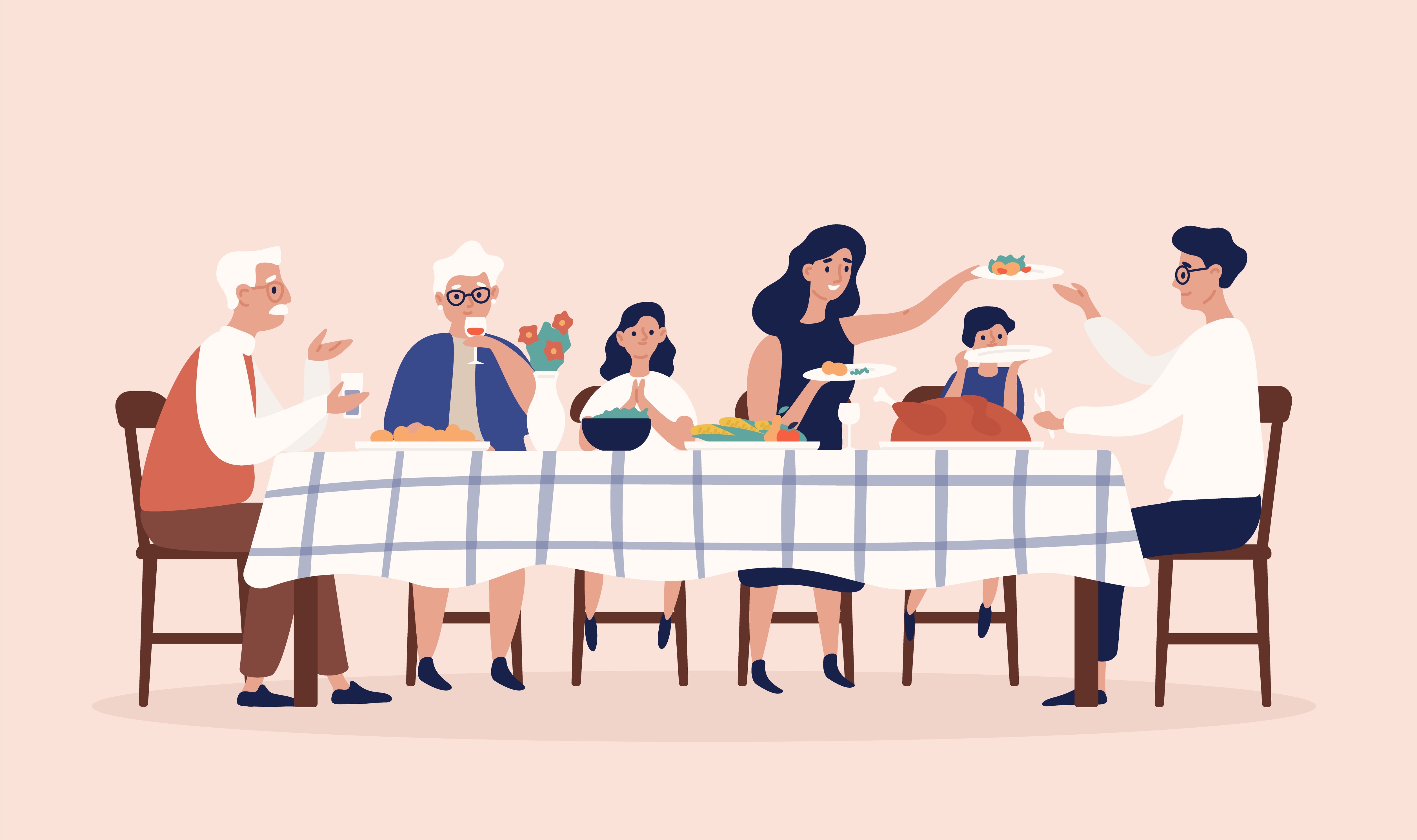

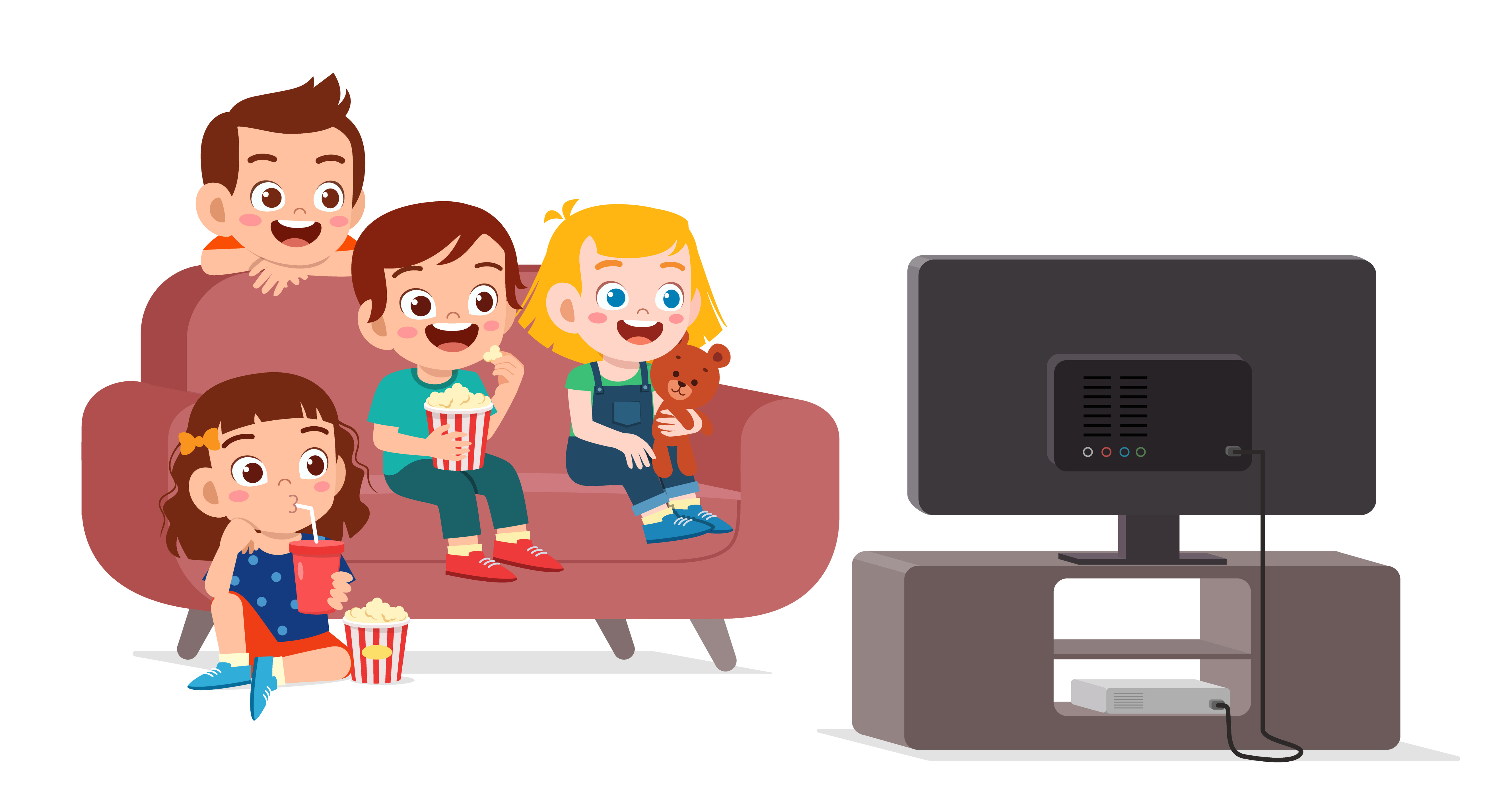




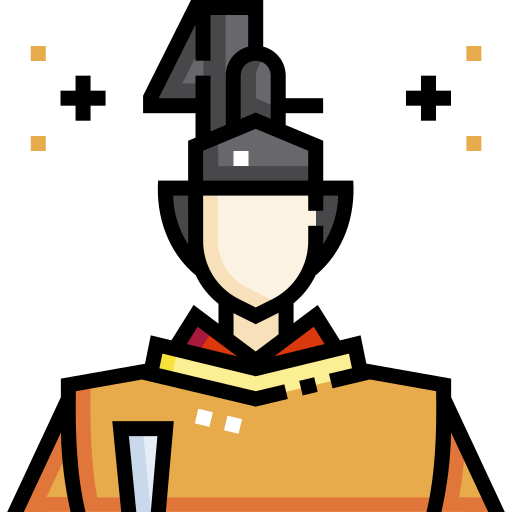




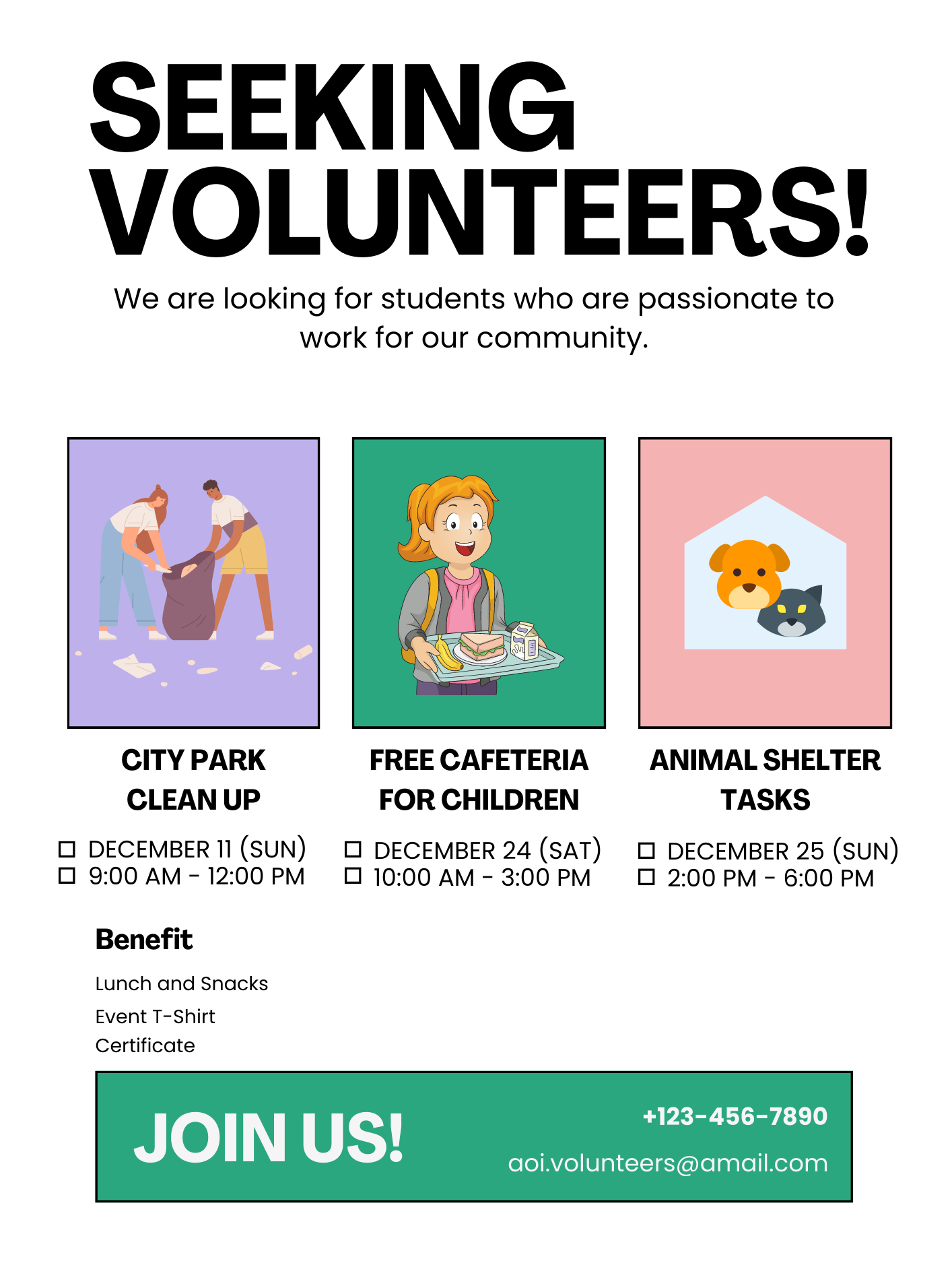
 GOOD
GOOD 


